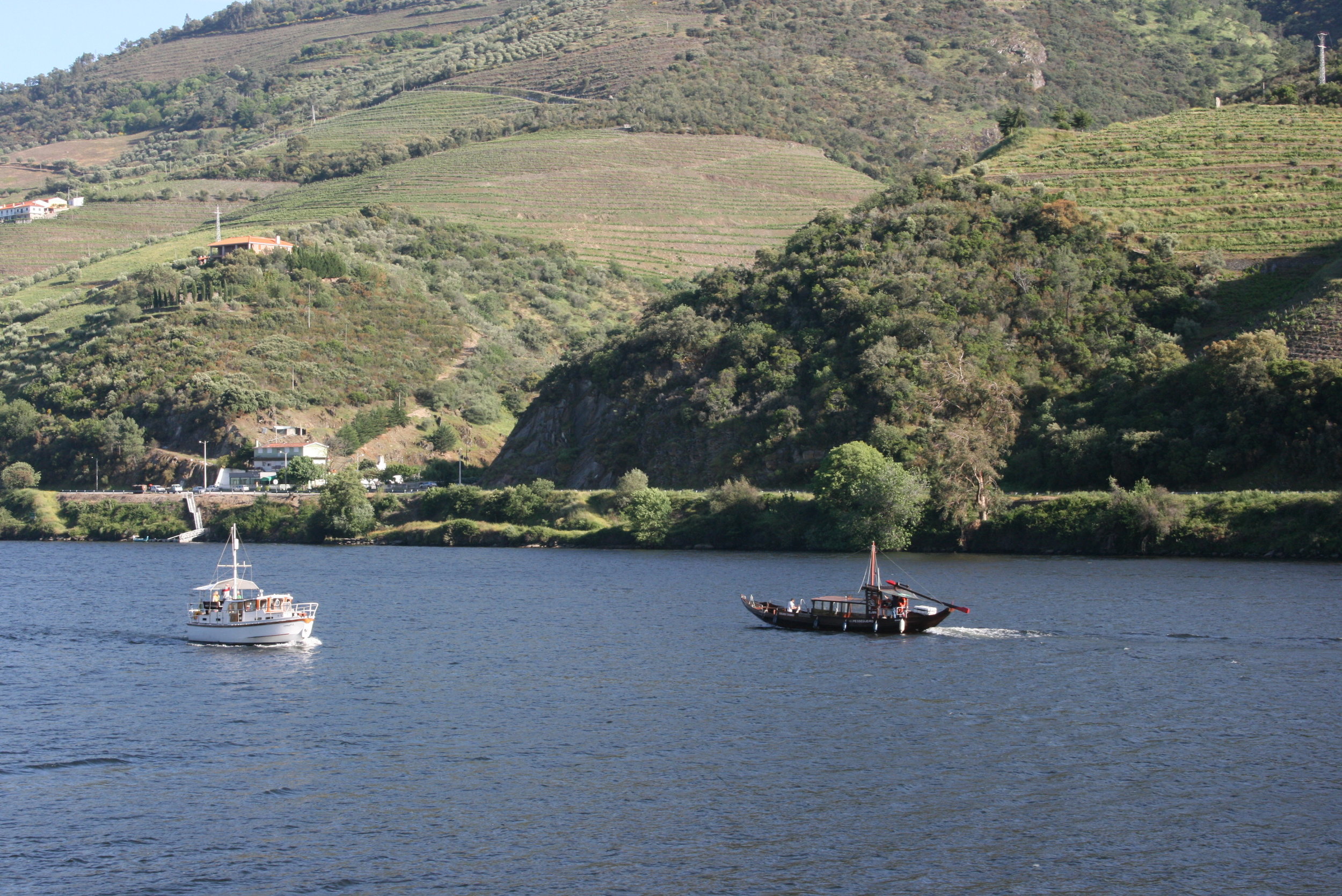The Tale of the River Duero-Douro
The river Duero (in Spain) and Douro (in Portugal) has a long rich history, from its birthplace in the heartland of Spain passing through the famous Ribera del Duero, then entering into the west to the Douro Valley in Portugal, crossing the northern side of Portugal ending up in the Atlantic coast splitting the historic city of Porto.
A river full of tales, commerce, history and of course flooded with centuries of wine history. The river Duero was born millions of years ago, just south of the famous D.O.C. Rioja, this river has shape the wine landscape and livelihoods of many communities in the Spanish region of Castilla y Leon. Passing through a few noticeable wine regions such as Rueda D.O., Toro, D.O. and of course the main region of Ribera del Duero, where the variety of Tempranillo “Tinta fina” is king. A regulated region with strict aging laws produces some of the most age worthy wines in the Iberian Peninsula.
In Portugal, the river enters through hillsides and mountains shaping the famous valley of Douro. Mostly known for grapes dedicated to fortified wine, Porto production. However, there’s been a shift most recently on the production of still, terroir driven wines: from mineral driven whites, rosés and reds. Most of the wines of this region are historically field blends using native grapes such as Touriga Nacional, Touriga Franca, Tinta Roriz, Vousinho and Gouveio to name a few. Over 30 different varieties can end up in a bottle of wine.
The tale of the Duero river its full of history from both sides of its trajectory. It has shape the wine and food culture and traditions in Spain and Portugal. On the Spanish side the river passes through a high-altitude plateau with vines planted on valleys and slopes on the northern and southern side of the river. The Ribera del Duero is home to iconic wine producers such as Vega Sicilia, Protos, Pago de Capellanes and many others that we showcase in the shop. This region has a more classic-traditional approach to winemaking. In contrast, on the other side of the western side of river, diversity and creativity drives the wines made Douro valley.
In Douro valley the landscape is majestic, a photogenic wine region that everywhere you turn and twist the river has a predominante presence. Most of the vineyards are planted on steep hillsides, and slopes, all hand harvested where precision and patience are important to produce quality juice. Historically many grapes are dedicated to Porto production but now the new generation of winemakers such as the Maçanita siblings, Wine and Soul, Niepoort are producing elegant still wines that we love to drink.
After passing these two main wine regions, the Douro river ends up in the city of Porto meeting the Atlantic Ocean. A majestic journey that was been a mayor factor for both countries development, commerce between them and the world, and continues to support the livelihoods of many communities. The river is life, but its also the main reason we enjoyed the wines from these two famous regions.

